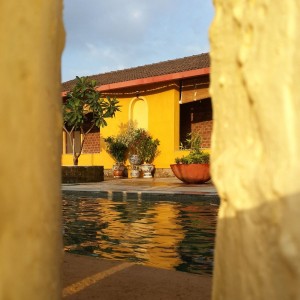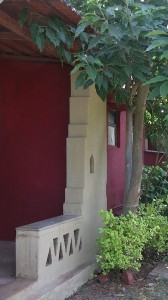There are literally thousands of sites on the internet which will show you ways of saving water. Some boast of having the 100 best tips while others give you five; but almost all of them are useless to us here in India. We don’t clean our cars with a hosepipe (we pay a cleaning ‘boy’ who uses a tiny bucket with a mop) and we don’t water our lawns every week – we don’t usually have lawns to water in the first place. So, on this page, let us not go on about obvious things like “don’t keep the tap running when you brush your teeth”. Let us look at systemic solutions instead, this is an architectural website, after all.
Low-flow Taps and Showers
From an average shower head, the flow averages 8 to 10 litres each minute. So for every 10 minutes of showering, you use between 80 and 100 litres of water. With a bucket, on the other hand, you are likely to average around 15 litres. That is a huge difference and for people who dislike using a bucket, a huge weight on their conscience – or so I would like to believe.
Similarly, though on a smaller scale, when we run a tap, we tend to use more than we really need; but fiddling with a mug while you’re rushing to shave in the morning can be difficult. So we have to look for some other solution to this problem.
If you are willing to, you can simply change the shower-heads and taps to ones that allow a lot less water through. They are classified as ‘low-flow’ and are still quite a rarity in India. They have a design that aerates the water so that although it feels like a good flow, a lot less water is actually consumed. At the same time, the apertures through which the water passes are kept tiny so that the water is forced through and hits you with the same force as a full-flow shower or tap.
Low-flow showers use about 3-5 litres/minute so a 10 minute shower now costs you 35 litres instead of, the average 90 – a saving of 55 litres. Low-flow taps (don’t forget the kitchen sink!) save at least 15 litres per person each day.
If you think that is not much, remember that you save over 25,000 litres every year. Per person! For a family of 4, that’s more than one lakh litres! And if you’re willing to go the bucket and mug route for your bath, you – as an individual – will save almost 30,000 litres per annum.
For the record a lot of people absolutely hate low-flow fittings. In fact there are people who complain that even normal showers flow too slowly for their liking and they actually install on-line pumps to increase the water pressure. If you are one of these people, I know you are going to say that just one person makes no difference. Ummm… Twenty Five Thousand Litres is no difference? Really?
Dual Flushes
Another major way to save water is by changing your flushing system. A normal flush uses 10 litres each time – regardless of whether the bowl contains 100ml of urine or the sum and substance of your latest bout of diarrhoea. On an average day, a person goes for a big job a couple of times and urinates about eight times. With a normal flush, that means you send 100 litres down the drain in 24 hours.
Dual flush systems allow you to choose whether you want a full flush (usually ~5 litres) or just half (~2.5 litres).
Eight urinations + two big jobs:
Grand total for the day : (5×2)+(2.5×8) = 30 litres
That is a saving of a whopping 70 litres which totals 25,550 litres each year. Knock off the 550 litres for all those times when your spouse/parent/teenage offspring complains that “it did not flush properly the first time” and round off the figure to 25k. Not bad, what?
It is a common misconception that such flushes don’t do a good job with the big job. What determines whether the stuff goes away quietly is not so much the amount of water as the design of the toilet bowl itself. Attaching a low-flow cistern to a potty that was designed for twice as much water is not necessarily going to give you good results.
Almost all the major sanitary ware companies make dual flush tanks with matching WCs. Also, recent municipal rules, at least in Bombay (Mumbai), insist that only dual-flush cisterns may be used in all new construction. Some manufacturer links are at the bottom of the page.
Stop that Leak!
Little drops of water make the mighty oceans. If you let all your taps leak all day long for the rest of your life, you would still be unable to fill the Pacific. But you could, very well, fill a large lake. A tap that leaks just a single drop every second, wastes almost 12,000 litres each year. That means throwing away approximately half as much water as you could save by changing your flush tank or by installing low-flow taps and showers.
Do you have a dripping tap? Try the American Water Works Association’s drip calculator to see how much you’re really wasting.
Not getting leaky taps fixed is usually nothing more than laziness on our part because we don’t realise the extent of the problem. That excuse no longer washes, so if you are not handy with a wrench, go call that plumber. And place a bucket under the tap while you wait for his highness.
Choose your Appliances Wisely
Washing machines and dishwashers consume water that would otherwise be used to manually clean your clothes and dishes. While the latter are still relatively uncommon in India, the former are found in most urban homes. So what should you look for when you go to buy one? Aesthetics?
A friend recently wanted a new washing machine that consumed the least possible water. We went to a reputable store that has branches all over town. After looking around, it boiled down to two front-loading machines – let us call them ‘E’ (for a famous European brand) and ‘A’ (an equally famous East Asian company). Front-loaders, by the way, are far more water efficient than top-loaders.
Anyway, we naturally asked the salesperson which model used less water. He hesitated just a fraction and then told us that ‘E’ used 90 litres on a full load while ‘A’ used only 60 litres. This I found surprising because I already had an ‘E’ that used only 49 litres and I mentioned this to the salesman. The latter was adamant and it led to a bit of an argument until we asked him to bring us the technical specifications for both models.
It turned out that ‘E’ does use 49 litres on a full load and ‘A’ uses around 55 litres for the same full load. The point I am trying to make here is that salespeople are usually not trained to answer questions like water consumption and most are not trained to say “I don’t know but let me find out” either. So do not believe what you are told – ask for the printed specifications.
So, Will You?
You can see that the overall saving for a normal user can be anything between 25,000 and 50,000 litres each year. Of course, it will cost you a few thousand rupees and, because water is subsidised in India, you may not recover the financial investment for quite a while. But think of the environmental benefits. You must be concerned; you would not be reading this page otherwise. Fifty Thousand Litres. And that’s just from one person. Go ahead. Make the change. You won’t regret it.
Oh, and if you are seriously thinking of water harvesting then this will actually translate into a lot of money because the cost of storage tanks will immediately drop by almost half.
External Links
Cera Sanitaryware, India
Hindustan Sanitaryware, India
Kohler Sanitaryware, India
Water-saving showerheads. US site
Drip Calculator
More
If you are the manufacturer/dealer of any product that you feel is appropriate for this page, please fill this form stating clearly what exactly makes your product green/sustainable.
Please note that Greenwashing will not get you anywhere and inclusion of the product is not guaranteed and is entirely at our discretion.
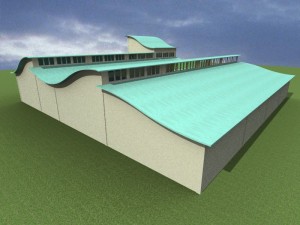
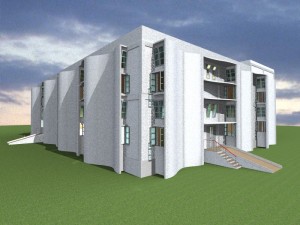


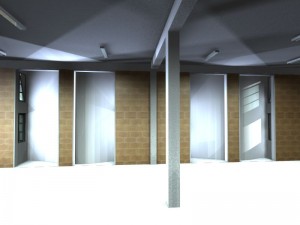
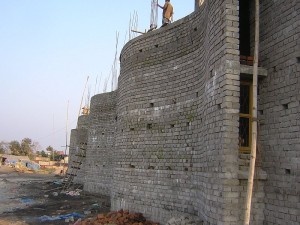
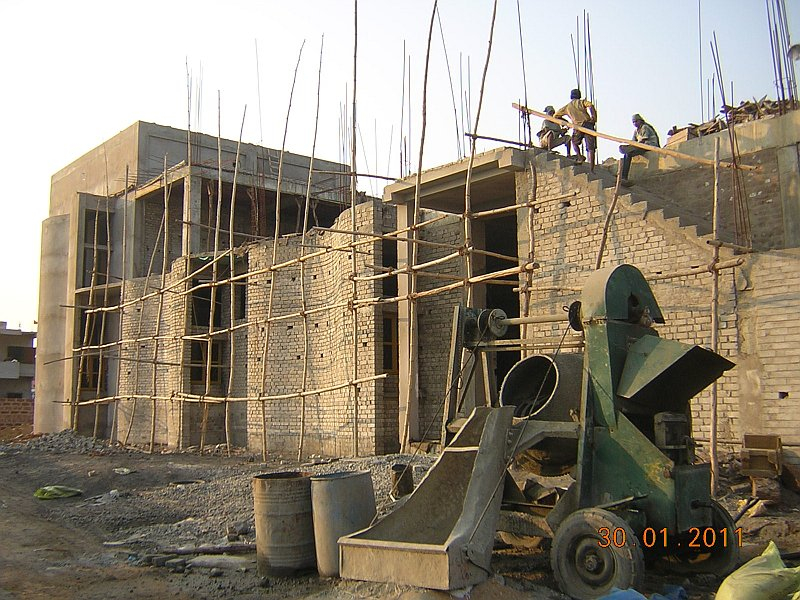
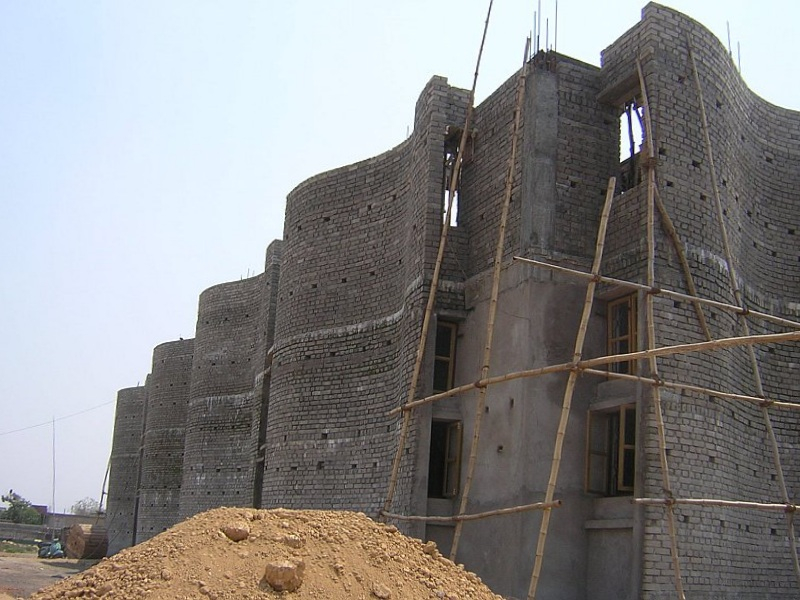
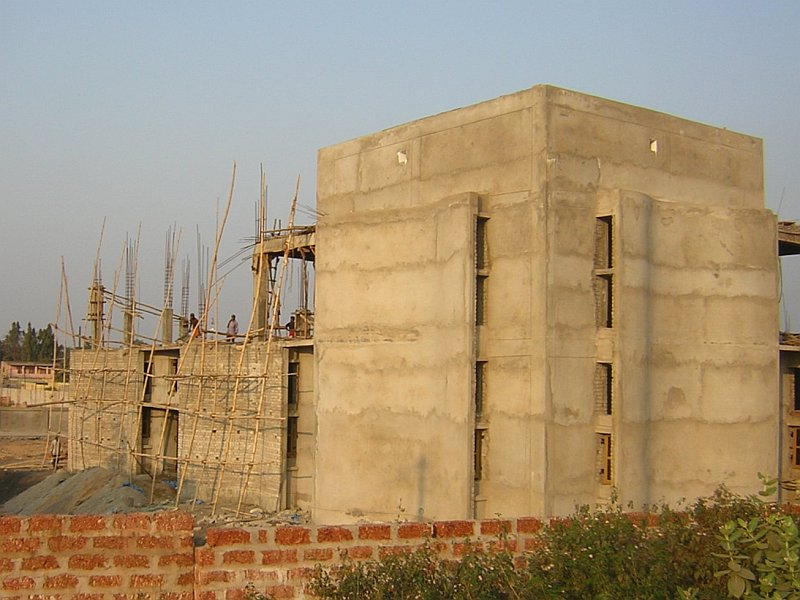
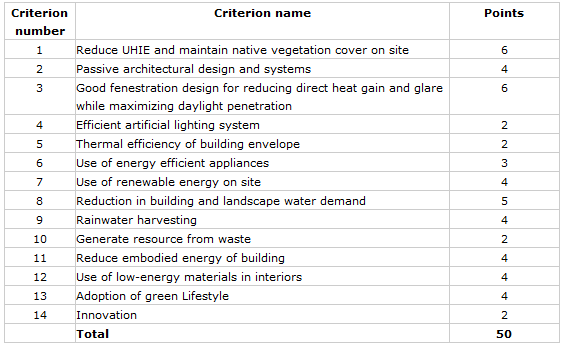
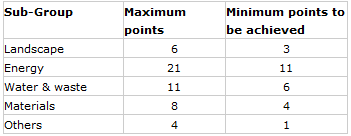

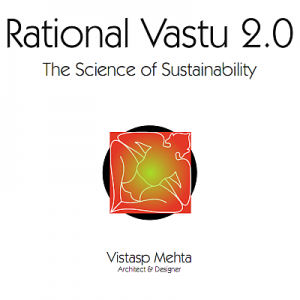 As an Architect, I have often been confronted by my clients’ blind faith in the Vastu Shastras — the ancient building code of India. At first, I dismissed it out of hand; but the trend refused to die. Finally, I decided to take a closer look at this phenomenon, hoping to gather enough evidence against it.
As an Architect, I have often been confronted by my clients’ blind faith in the Vastu Shastras — the ancient building code of India. At first, I dismissed it out of hand; but the trend refused to die. Finally, I decided to take a closer look at this phenomenon, hoping to gather enough evidence against it.
